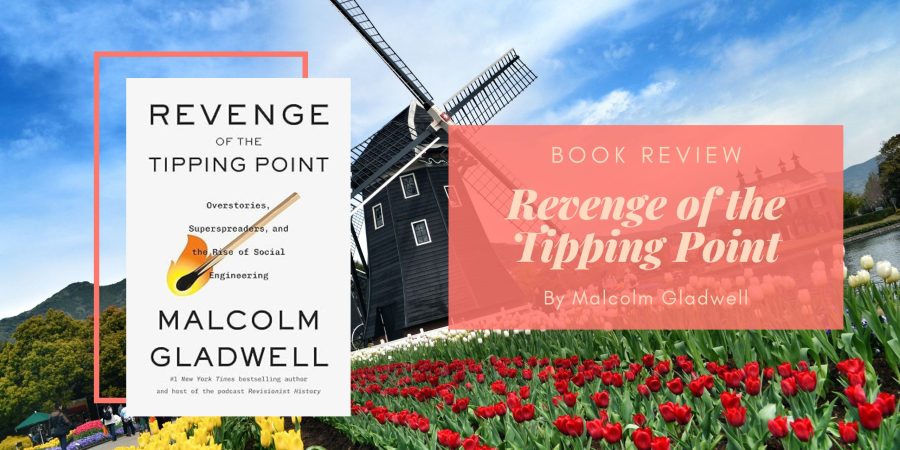It’s been a long while since I read anything by Malcolm Gladwell, but I own What The Dog Saw and Outliers, and I’ve definitely read The Tipping Point a long time ago, so I was intrigued by Revenge of the Tipping Point. As you can probably guess, this is a revisit of why epidemics occur. But rather than revise The Tipping Point, Gladwell decided to take another look of the topic, focusing on the following elements of epidemics:
- The overstory – a shared narrative and/or norms that shape a community. It can be tied to place (especially in places where the population is homogenous) or it can broaden and refer to a zeitgeist.
- The super spreaders – people who, for one reason or another, are just really good at spreading diseases or ideas
- Group proportions – specifically, the idea of the magic third, that somewhere between 25% and 33% is the tipping point that causes an epidemic to spread uncontrollably.
As with his previous books, Gladwell makes his case with lots of case studies, tied together to form one larger argument that we can figure out how epidemics work, and from there figure out how to stop them. Some stories stuck with me more – the big one about OxyContin and how it spread was one, as was the way that Harvard and other American universities use sports to keep racial proportions to what they want. Some, like Lawrence Track and its experiment to create an integrated neighbourhood were interesting – I wish Gladwell knew about/compared it to the way Singapore fixes the proportions of ethnic groups in our public housing (which houses 80% of Singaporeans) because I think that could be a great case study as to whether such enforced quotes work, compared to when the free market is given free reign.
I’ll be honest, I did not reread The Tipping Point before reading this. But from what I can remember/read on Wikipedia about this book and from what I’m seeing here, I don’t think this is a completely fresh new look at how epidemics spread, even though Gladwell mentioned that that was his aim. I think it’s a different perspective, but I can also see a lot of the original points of The Tipping Point being explored, just from different angles and different case studies (the overstory, for example, feels like a combination of the power of context and stickiness factory). So in a way, these two books will work together to explain Gladwell’s understanding of epidemics.
Overall, I enjoyed this. Malcolm Gladwell has always been good at using stories to tell you his understanding of the world and Revenge of the Tipping Point is no different. Given how many different types of epidemics we’ve seen recently, I think this is a book that will interest a lot of people.

I swear every book you review sounds so damn interesting!!
hehe I’ve been choosing to review only the ones I really like so that may be why!
that would definitely help! haha
So intriguing! I can see why it can be a bit annoying if this book doesn’t shed light on the matter in a more distinctive and unique fashion compared to the previous book about the same subject matter. Glad it was still an interesting read in the end! 😀
I think he oversold how much was new, but it was still an interesting take on the subject! I really enjoy how he uses case studies to tell a larger story.